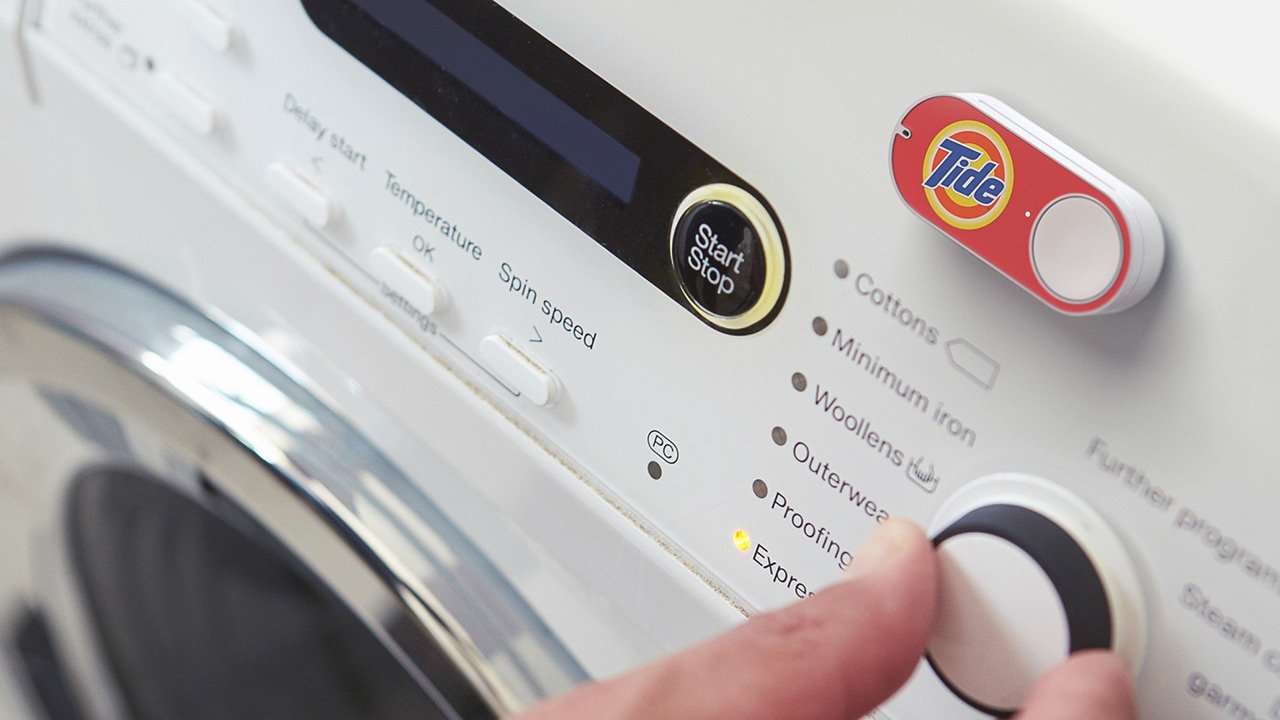
The future of retail: the great polarization
Just like the music business, the movie industry, the media, hotels, taxis and [ insert your industry here ], the retail market has entered a time of difficulty and uncertainty. And the Swiss retailers are no exceptions.
Since the advent of the Internet, as soon as an industry awakens to a new disturbing reality, it ends up blaming it on anything digital. Indeed, after an initial phase of denial, these disrupted actors quickly request protectionist measures to protect and legislate their market.
In business as much as in politics, the authoritarianism required to return to the good old days is often the most comfortable solution.
Thanks to the current faith in technological determinism and our naive hopes in solutionism blaming uberisation and unfair competition does make sense. But at enigma, we believe in an other story. We believe that such worldview reveals a wide socio-economic dead angle.
Our field research, our data analysis tell different stories. We see a society in a deep change. Far from the social and economical architecture of the 20th century.

New habits are spreading
Amazon Dash buttons for automatic resupply are a perfect example. A certain type of products like cleaning articles make sense to be automated. We have seen new startups proposing home deliveries of groceries based on the season and customers wearable health and sport data. We call this mass customized automation.
In some retail market, purchases are more and more linked to travel. With this bleisure trend (business + leisure), people enjoy prolonged business trips to discover cities and shop in new places. How many times did you extend a business trip in order to do some shopping and enjoy a few good restaurants?
Behind this trend lies a new reality: today, shops have a competition very far from their geographic location.
Have you noticed how often commuters shop in train stations? This reveals another trend. This trend is about the alignment of groceries with mobility and how more and more mobility nodes become shopping nodes.
With congested roads and cities, mobile technology has allowed us to make a better use of commute times. Hence making public transport more functional for a lot of people. This reality is reshaping our desire for rapid interoperable transportation services where shopping fits as a quick win.
In Switzerland, this trend is also amplified by a painfully conservative approach to opening hours for shops.
Understanding the new relationship between retail and shopping
At the heart of these shifts, we see a golden triangle. It shows the increasingly complex interactions between how we live, how we work and how we move. Home, work, mobility.
These pillars are in a current massive shift where their historical boundaries born in the 19th century are not just challenged but rather smashed one into another. And retailers are at the heart of this multidimensional torque.
Sometimes you want to go shopping. And sometimes you just have to. Accepting this tension is the first key to understanding the changes at play in retail today. As our credo mentions it, we believe that what can be automated will be automated. That’s exactly where lots of startups and giants like Amazon are headed.
The questions are then, where is human contact the most valuable and essential? What shopping stories can be amplified by data? What part of the retail experience needs the empathy and care of a human relationship?
Answering these questions requires to understand the sociographic trends and new narratives behind how society is changing today. What makes sense for a certain group of customer might be very different for another.
Based on their contexts and relationships with brands and products, understanding these different stories can help build new customer experiences.
As we are shifting from a world built around cars towards a world built around our mobile phones, the transformations of how we move, work and shop is fundamental.

Designing a human shopping experience
We deeply believe there will be a future for retailers. Automation and delivery won’t be enough. Some purchases are planned. Some others are chores. But our pleasure in wandering in the streets and stumble upon the unexpected will never go away.
Retailers can have a future but they need to change something in their approach. First of all is accepting there are have-to moments where people just want to get what they need, as quickly as possible.
Since it has to be as convenient as possible, automation, delivery or commute shopping will probably win over traditional retail. Unless smarter retailers find a great way to transform have-to moments into want-to moments, that is.
So the other goal is to focus on want-to moments and make them more human. Turn these moments into human, emotional experiences. Design them in such a great way that nobody would choose an automated or non-human solution over a retail offer.
Use the power of human interaction wherever it makes sense.

Ultimately, retailers who are to survive are the ones who will succeed at focusing on their client’s needs and emotional expectations. Simply displaying products you assume your clients might want won’t be enough.
Easier said than done, you must be thinking right now. Yep, you’re right. But where would all the fun be if it wasn’t hard? How would you outsmart your competitors? Are you struggling to make human and automation work together? Are you having a hard time finding your perfect value proposition? Are you trying to read your consumers’ minds? Ask us, we’re here to help.
Cover image credit — SBB CFF FFS
Tanks to Romain Pittet for his ability to make sense and capture what’s in my head in short deadlines.